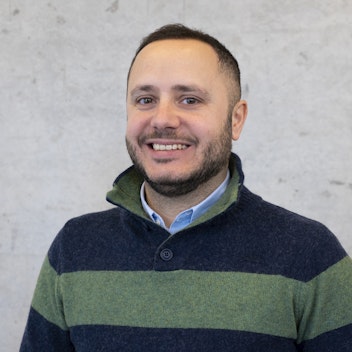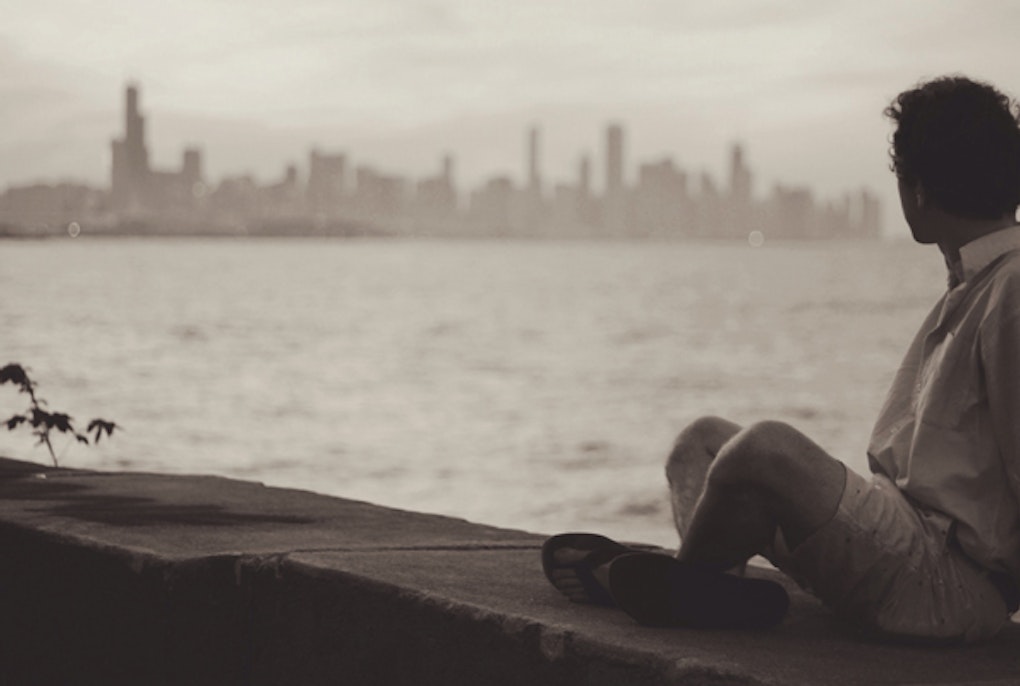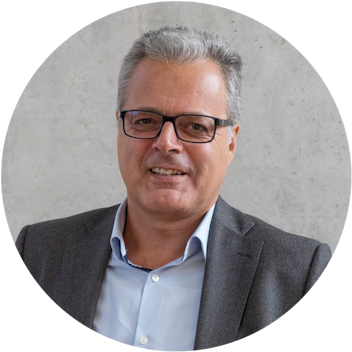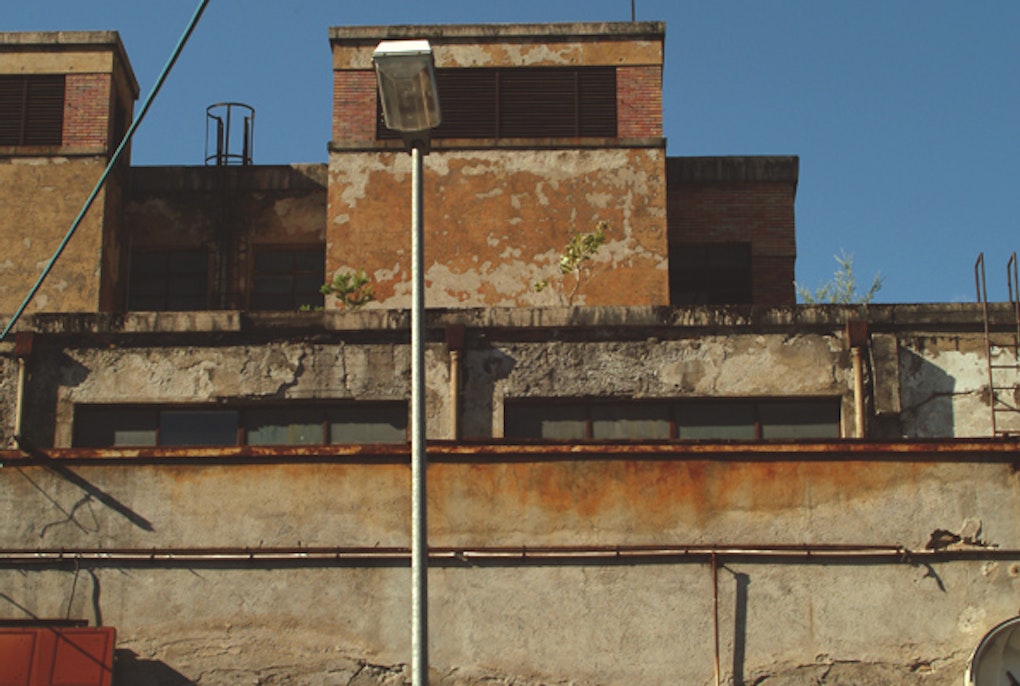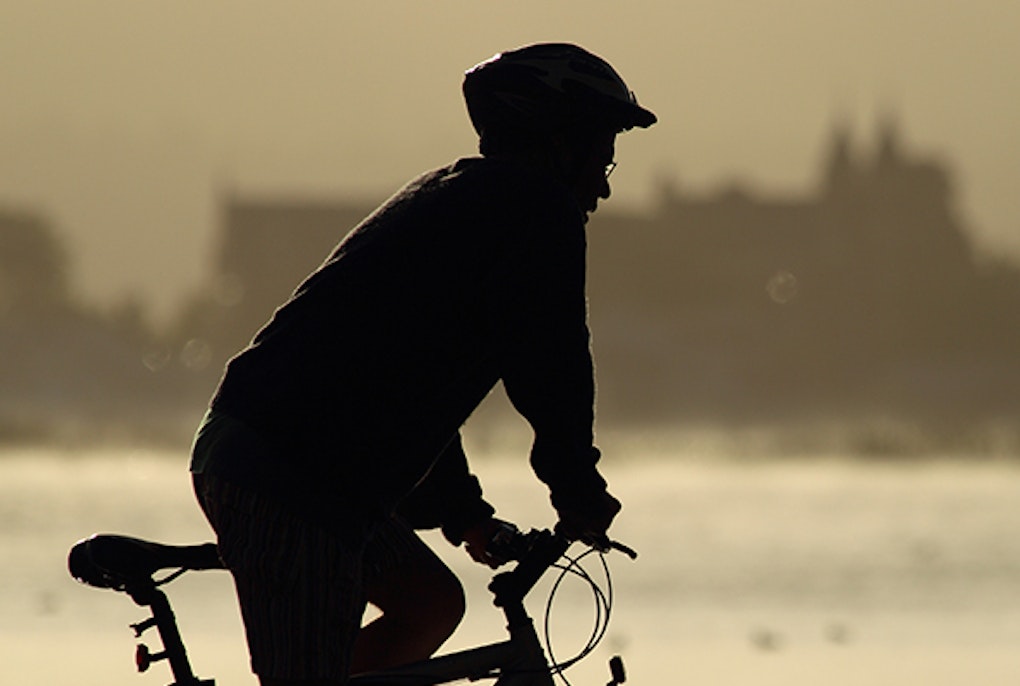
The Alps in Movement – summary

Rete Montagna Congress The Alps in movement. People, Nature, Ideas at EURAC, Bozen on November 2014 . Summary Day 1, 6th and Day 2, 7th
Welcome Address by Christian Smekal, University of Innsbruck, founding president of “Rete Montagna” – When we talk about the „Alps in Movement“, we are primarily affected about the future development of the alpine area as a natural and versatile environment. Naturally we aspire towards a „sustainable development“ of this singular and multifarious mountain range. But how do we define sustain-ability? What to retain and what to change? Which time-space are we thinking of? Do we feel responsible for the next generation only or does our liability stretch to all future generations to come? These are recurring questions, which have lately opened up a wide interdisciplinarian field of research. Historically, the start of scientific research within the alpine area was found in natural science. It was the original curiosity of natural scientists, which led to the discovery of the alpine environment and subsequently to the ascension of the highest alpine peaks. Let me remind you that it was the Vienna Academy of Science, where the founding of the Austrian Alpine Club took place in 1863. Geographers, glaciologists and climatologists formed the founding members. The earliest associations mountain huts for the climbers where simple refuges, providing mainly storage and shelter for scientists and scientific equipment. The yearly almanacs and yearbooks of the Alpine Association contain scientific reports which were popular and highly valued far beyond the alpine environment. At the turn of the 19th to the 20th century the alpine area experienced a significant dynamical process of changes, most of which continue to the very day. The economic changes caused by the agricultural revolution during the 19th century, the rapidly increasing population, their education and mobility, as well as the controverse demands for the use of a finite commodity of space led to various questions of research in nearly all fields of sciences, natural, as well as humanitarian and social sciences. We owe it to the „Fondazione Giovanni Angelini – Centro Studi Sulla Montagna“ and especially Mrs. Ester Cason Angelini, that in 2000 we were able to launch the Network „Rete Montagna“ in Belluno. The scientific exchange between different scientific fields, and most notably the exchange and the cooperation of scientists from nearly all the alpine countries depict invaluable contributions for the future development oft he alpine area. I am convinced, that today’s conference „The Alps in Movement – People, Nature and Ideas“ is in the position and therefore will provide us with important findings and conclusions. I wish all its participants stimulating and fruitful discussions and proposals.
Summary Day 1
After a welcome speech by the president of the European Academy, EURAC, Werner Stuflesser, the vice mayor of Bozen/Bolzano, Herr Ladinser, and the founding president of Rete Montagna, Christian Smekal, reported above, Thomas Streifeneder introduced us to the main topics of the conference and especially the morning session. The meeting is intended as an exploration of factors, approaches, and methods to grasp the variance and diversity of mountain values, either attributed to ecosystems by humans or inherent to nature, by considering the whole spectrum of cultural, natural and socio-economic aspects. The main question of the conference, i.e., in which direction the Alps are moving, is discussed under these aspects.
Pino Scaglione, of the University of Trento (AAAM Atlas Active Alps in Movement. Between the EuregioCity and EuropeCity), started his keynote lecture with a nocturnal image of the megalopolis padana (the megacity in the plains of the Po River) which tends to encroach into the black holes of the Alps and the Apennines, whereby he asserted that also infrastructures are part of the landscape. He also showed the increment of the forest since 1850 and presented the Active Alpine Atlas, a photograph of the dynamic development of the Alps. Pino suggested, as done during a recent conference in Munich, to forget about analyses, but to focus, instead, on six central aspects. AAA points at the risk of transformations, but, as Scaglione puts it, we are selling landscapes together with the food they produce or their cultural and historical heritage. (personal profile) – Presentation (PPT)
Davide Pettenella, of the University of Padua and the G. Angelini Foundation, evidenced in the keynote lecture (Pricing Alpine ecosystem services: risks and challenges) the dis-equilibrium between supply and demand of ecosystem services and highlighted the importance of supporting the development of PES (Payment for Environmental Services) schemes. The implementation at EU level of the criteria “no net loss of biodiversity” is favoring this development but in the same time is creating the room for a process of “finantiarization” of natural resources.
Viviana Ferrario of the University of Venice opened session 1 by introducing the concept of accessibility (connection, i.e., to be within reach both physically and digitally) as one of the main challenge against the geographic marginalization of the Alpine territory, but some new public policies in Italy are now dealing with these problems, for example the national policy for internal areas. The “spatial justice” between the Alpine and the Perialpine region is at stake, with changes in the territory and the double face of abandonment and return. Viviana Ferrario confirmed that we may loose not only persons, but also a variety of functions and values of the Alps and it will be very difficult to regain the capacity of the soil and other resources (water, energy).
Federico Cavallaro from the European Academy (New rail infrastructure and accessibility in mountain regions)presented tables and maps which evidence the difference in transalpine traffic (road vs railway) from France, Switzerland and Austria to Italy. The percentage of railroad transport varies from 12% (F) to 32% (A) and 61% (CH), and Federico modelled the effect of acceleration of railroad connection on the transport of people and goods.
Francesca Peroni and Marianna Mazzucco of the University of Venice (After Schengen. Strategies for the recovery of abandoned ares in Pontebba) presented a case study of abandoned areas in Pontebba, i.e., custom and army buildings, and pasture land. They offered an interesting alternative to the largest area in order to enhance the tourism in Pontebba and the adjacent ski resorts, thereby considering the fluxes of people and resources.
Mattia Cai (University of Bozen/Bolzano) calculated the carbon footprint of tourism in South Tyrol and the sources of emission, from hotels and restaurants to transport and agriculture. i.e. food production (Estimating the carbon footprint of tourism in South Tyrol). The most plausible result is that tourism might be responsible for about 10% of the total greenhouse gas emissions, whereby the direct contribution is about 15%. If we focus on water, however, these figures may change.
Benedetta Castiglioni (University of Padua) introduced us to session 2 and reminded us that the Alps are moving, sometimes even too fast, and asks us, which Alps do we want? Those which are immobile or those in movement – if they move in the direction we appreciate. She underlined also the “movement” that we – the participants at the conference – are invited to undertake, when dealing with different disciplines and approaches on the same topic, the Alps.
Mara Thiene from the University of Padua (The economic value of environmental resouces in the Alps: is it important?) estimated the economic value of ecosystem services, for instance regarding the recreation demand of people with different constraints, such as overweight, kids, injuries, fitness etc. and how tourist would behave if we increase the entrance fee or if we reduce the number of alpine huts. The visitors almost always tried to reduce future regret. Interestingly, the choices (climb, “via ferrata”) by males and females were completely different.
Daniela Campana from the University of Bozen/Bolzano and coworkers presented the connection between riverbed restoration in a side valley of the Rienz River and the growth response of riparian vegetation (How sensitive is riparian vegetation to river morphological changes? A case study in the Italian Alps). Even if only 15 km of the Ahr River had been restored, the effects on the water table were clearly visible, highlighting the importance of river restoration even for short reaches.
Elisa Morri from the University of Urbino (Mapping and valuing ecosystem services: tools and actions for the resilient landscapes) studied the functional interrelationships between ecosystem services by mapping and evaluation measures. Also she pointed at the problem of function loss, for instance water retention, soil protection and the multifaceted aspects of use versus non-use. Resilience is a key word in these matters and she argues that we have to put a value on natural resources – although we sometimes do not know what we are going to loose. It may well be that some goods (production of drinking water, flood protection!) may be much more valuable than other functions of ecosystems.
Paola Sabina Lupo Stanghellini from the European Academy (Ecosystem services provided by Alpine landscapes: a framewiork for sustainable development) pleaded for a non-economic evaluation of ecosystem services and presented a number of methods for this approach. She argued that a focus on a single landscape leads to an overestimation of the influence of socio-demographic factors. She emphasized to consider the cultural aspects and to involve the stakeholders from the very beginning.
Summary Day 2
The keynote session of Friday started with Serge Briffaud, professor at the CNRS-ADESS-ENSAP Bourdeaux-CEPAGE, with a speech on Landscapes in movement. A foray through the history of mountain representations. There have been two central issues he raised, the mountains in the time of human exploration and how hydroelectric energy, generated in the mountains, represents a service for the plains. By using impressive pictures, Serge Briffaud explained the perception of mountains also as a source for economic well-being due to their energy sources. The conflictual relationship between idealization versus reality was epitomized by the picture “Huile blanche et tourisme”, a Mucha poster from 1925 showing a woman emerging from the Isère, spreading coins over Grenoble, as a personification of well-being based on the resources deriving from water.
Dagmar Abfalter, of the University of Music and Performing Arts in Vienna, started her keynote speech on Cultural resources and lifestyles: perspectives of innovation? bysaying that Europeans are not so self-confident as they could be. Based on the rich European cultural heritage and alpine lifestyle, Europeans can be specialized key players and innovative -as they fuel innovation with their cultural resources. The cultural resources of the Alps are represented by heritage (knowledge), space (landscape), identity (culture), practice (specific capabilities) and future (competence for interdisciplinary work, networking). One should be aware what should remain and what should change. Companies follow resources, regions can’t do that, hence they should rely on the regional cultural capital (Bourdieu) and creative class (Florida). In this context, regional innovation processes utilizing the existing social and cultural resources are at the basis for success. It is still, however, discussable, what alpine lifestyle means and what its characteristics are.
Mauro Pascolini, of the University of Udine, introduced session 3 on “Cultural resources and lifestyle changes” presenting the speakers and first of all Lorelies Ortner from the University of Innsbruck. In her speech about Field names and the perception of landscape: indicators of the change of mountain agriculture, Lorelies said that field names are and have been for many centuries relevant indicators within livestock keeping and pastoralism. In this sense, research on field names in combination with landscape ecology can be summarized as “field name ecology research”. Field names are important in the description of specific landscape elements, such as risks or land use as well as within the exploration of the settlement history and pasture agriculture. Based on field research and interviews with farmers and locals, who still have this traditional knowledge which is more and more disappearing, the presentation gave an extensive overview on that issue and future challenges. Along with the disappearance of field names, one can note an extinction of cultural values. Despite efforts of documentation and registration, this stands in contrast to the possible uses and technical valorization of them (e.g. prevention and planning of natural hazards).
Current demographic developments in the Alps: view to the West, view to the East was the title of the presentation of Ernst Steinicke and Roland Löffler, of the University of Innsbruck. Key initial message: the eastern part of the Alps is different. Contrary to the past when the western regions of the Alps have been the more problematic areas, today problems can be found also in the East, stretching from the province of Belluno to those of Friuli Venezia-Giulia. By using thematic maps on the demographic development on municipality level, Steinicke and Löffler showed the population processes of the last decades in the Alps. Despite high values of decreasing numbers of inhabitants, newcomers – new highlanders, re-emigrants, relationship migrants, multi-dwellers – can now be registered in selected municipalities of Erto Vecchio, Mazzin, Stavoli, former “ghost towns” which turned to be active and settled again. These developments can be summarized in models and types of new highlanders. In Slovenia, these amenity-landscapes can be documented, too. As about Austria, due to missing infrastructures and attractiveness, the Austrian region of Styria will probably remain a region of decreasing inhabitants.
Elena Ferrario, of the Interreg IVC Joint Technical Secretariat, showed specific socioeconomic processes in the municipality of Comelico, bordering to South Tyrol, Austria and Friuli Venezia Giulia. The presentation Should I stay or should I go? The decision reasons of the youth in mountain areas. Brain drain and brain gain in the Alps focused on the questions why young people are leaving and why are they returning. Based on empirical data (questionnaires, interviews), Elena Ferrario showed that young persons, in particular those with a university degree, who had come back home, found a job place, because they informed themselves about the existing possibilities. It was their feeling of belonging to the place, together with family links, which made them coming back giving them a strong motivation to find an activity. Despite the absence of institutional support, Elena Ferrario evidenced ways of occupational reintegration. With a new idea, Think Tank Comelico, this should be even improved.
Belonging to the Association “Gente di Montagna”, Claudia Marchesoni highlighted some aspects related to the relevance of the cultural patrimony for resettlement and revalorization of mountain regions. Her presentation Elements of continuity and discontinuity in the processes of cultural tradition in alpine communities evidenced in which way social and family networks are still key points for young people to settle down in the mountains. Relevant in this context are also the existence of the property and/or the heritage of ground and estates, which can become the basis for setting up and the realization of some best practices of producing high quality agricultural products.
The Round Table “The pulsating heart of the Alps – The Alps in movement” wascoordinated by Roland Psenner, with the following participants: Markus Reiterer (Secretary General of the Alpine Convention), Marcella Morandini (Secretary General of the Dolomites UNESCO Foundation), Antonio Ciaschi (professor at the Tuscia University of Viterbo), Bernhard Hager and Jana Presser (Youth Parliament of the Alpine Convention).
At the beginning, Roland Psenner asked the panel and the audience: Which Alps do you want to live in, in the future, mentioning, at the same time, that the Alps do not exist.
Bernard Hager and Jana Presser mentioned above all the necessity of various possibilities for further education and further specific training in the Alps. They stressed some positive examples about it. Antonio Ciaschi identified lacks of good governance for mountain areas and argued for a better government for the Alps, also because the crisis of mountain regions means a crisis of the cities. Concerning the problem whether an approach of protection and conservation would be the right approach, Marcella Morandini said that it is up to each of us, living in the Alps, to contribute to maintain them, stressing the common responsibility. About the question where do the Alps go and where do the Alps go within a Macro-region, Markus Reiterer refered to the close relationship between the cities, such as Vienna, and the alpine areas, highlighting, for example, that the provision of Vienna with fresh water comes 100% from the Alps. The Alps viceversa are not thinkable without its surroundings, due to the existing functional interlinkages. He hoped that through the EUSALP strategy there will be given more attention to the Alps. When one can agree on common programs, it may become a win-win-situation. In line with him, Ciaschi emphasized the territorial and natural capital of the Alps, which should be better valorized. The question is, in which way this should be done. The mountains should become part of the national balance of the State. Marcella Morandini stated the importance of recognizing the diversity of mountain areas and the implementation of adequate policies. Referring to the UNESCO sites, she amde a simple comparison: Germany invests 400 Mio. € for its 35 UNESCO sites; Italy has 50 UNESCO sites, but only 1,5 Mio. €. However, it is not only financial support which makes the difference, but also the will and a vision of management.
Markus Reiterer, stressing the importance to listen more to the inhabitants and the locals, said that the collaboration between the mountain chains have to be improved. He mentioned the initiative “We are the Alps” of the Alpine Convention, a tour with journalists to visit best practice examples along the alpine chain. Asked about the EUSALP strategy, Markus Reiterer indicated the Alpine Convention input paper, in which several principles are outlined concerning a functioning alpine Macro-region. Contrary to other Macro-regions, the Alps are lacking of a common vision. It is not clear until now what should be achieved, the discussion is ongoing. There must be found a right way between economic development and eco-social development.
The Round Table ended by stating that the resources, which come from the Alps for the benefit of the surroundings and the cities, should be better communicated, promoted and valorized; it’s also important to stress the real positive practices already present in the Alps.
Roland Psenner (vice-president of Rete Montagna) and Thomas Streifeneder (EURAC) ended the congress, thanking everybody and above all Andrea Omizzolo for the brilliant organization.
Citation
This content is licensed under a Creative Commons Attribution 4.0 International license.
